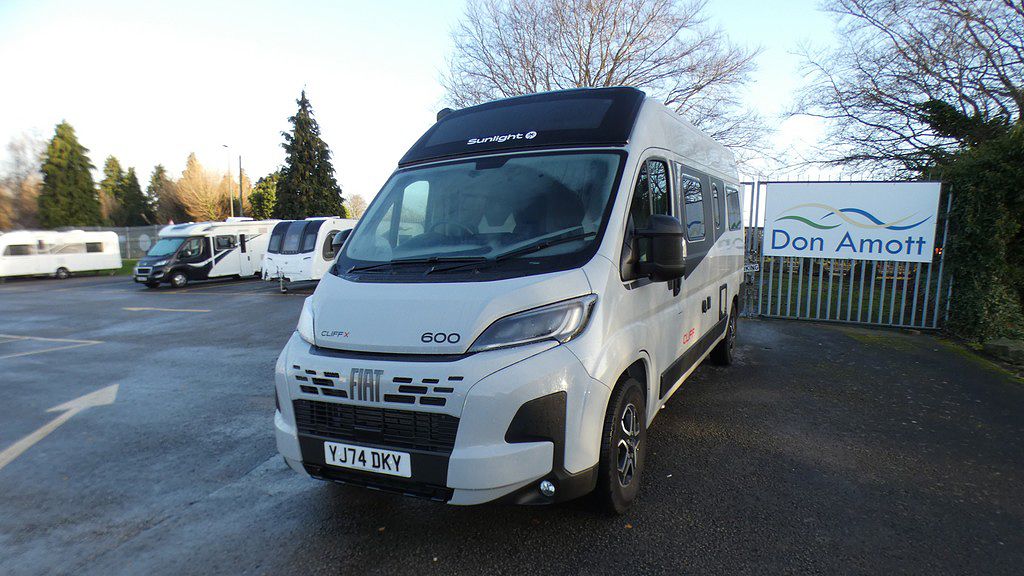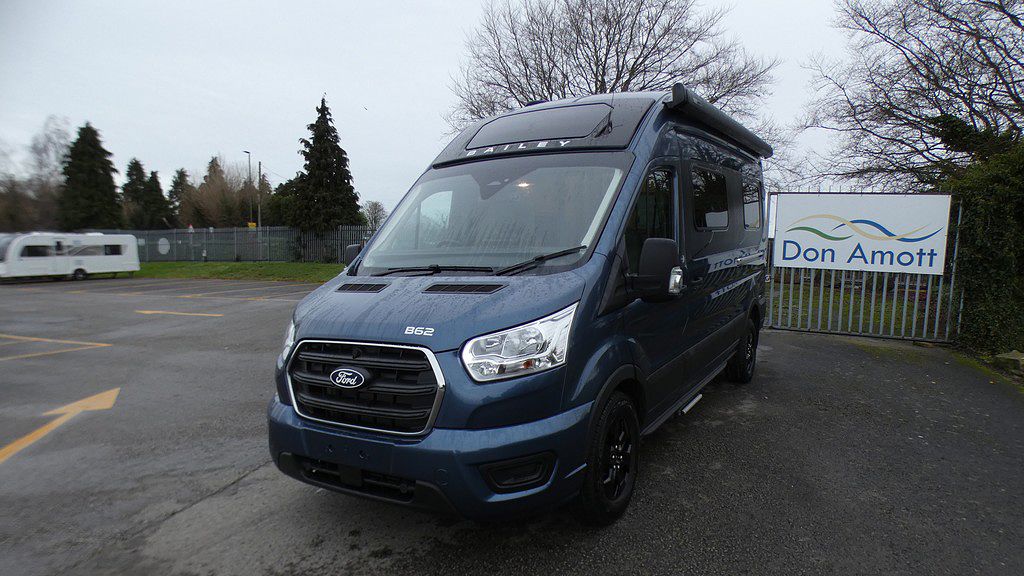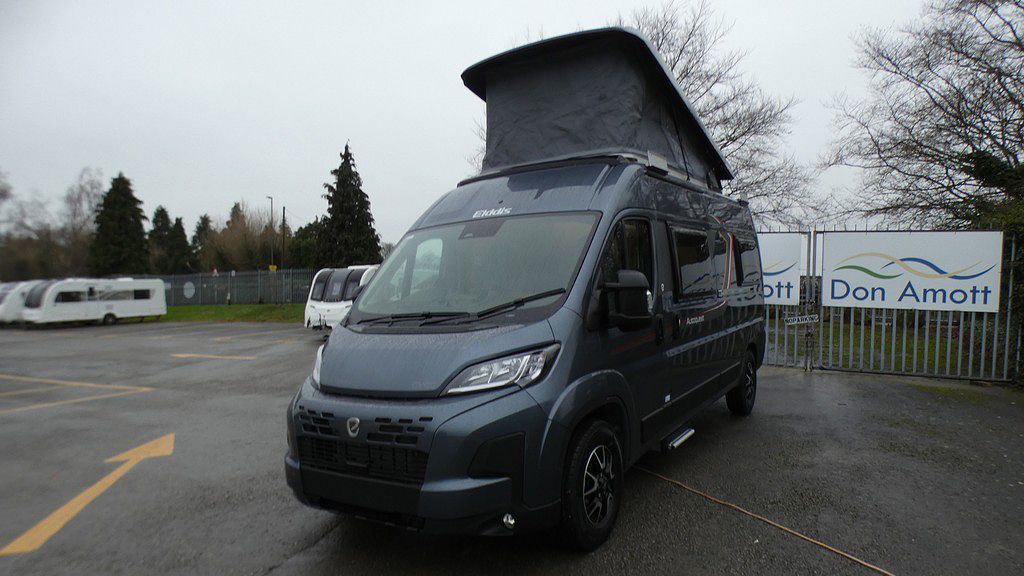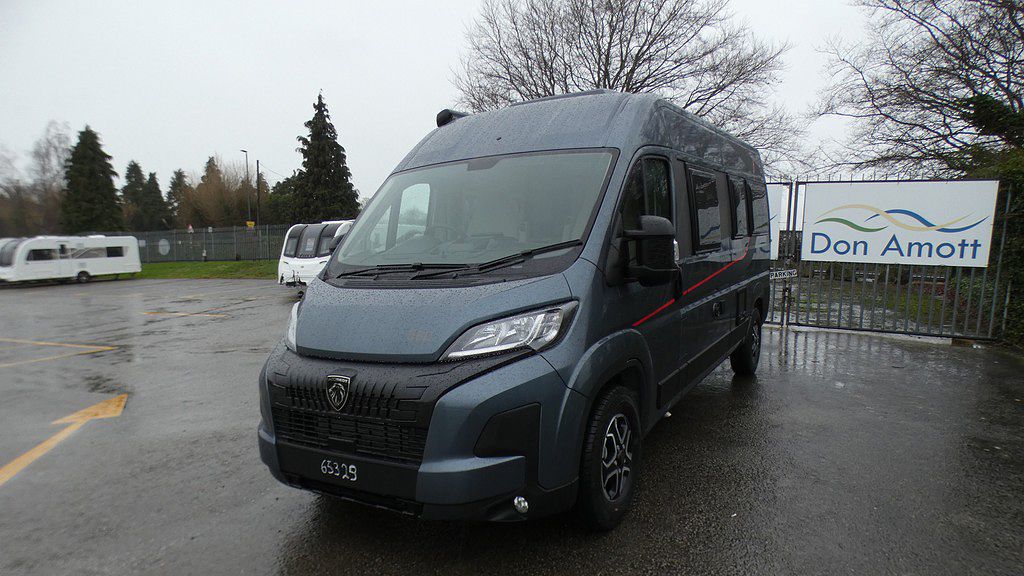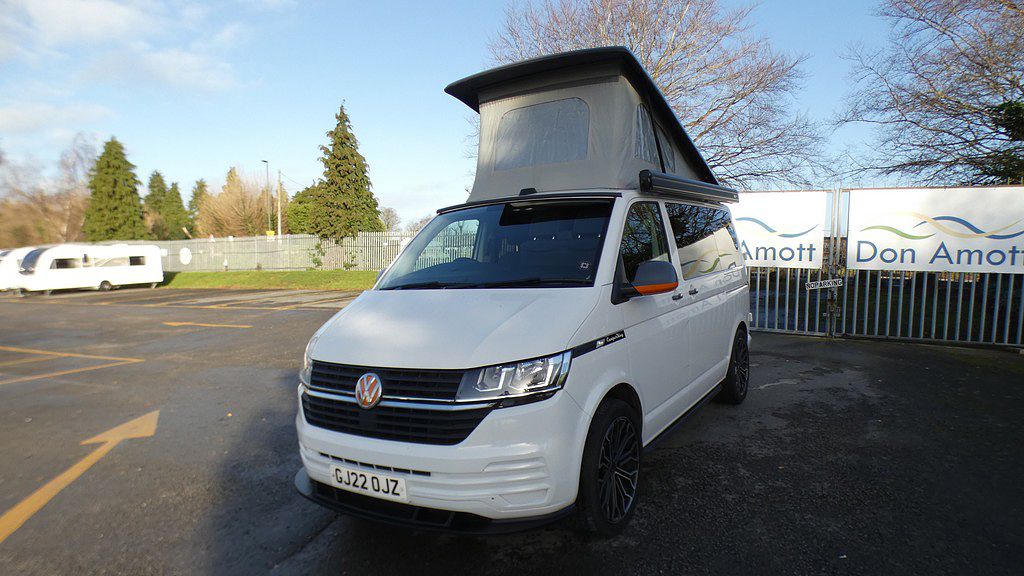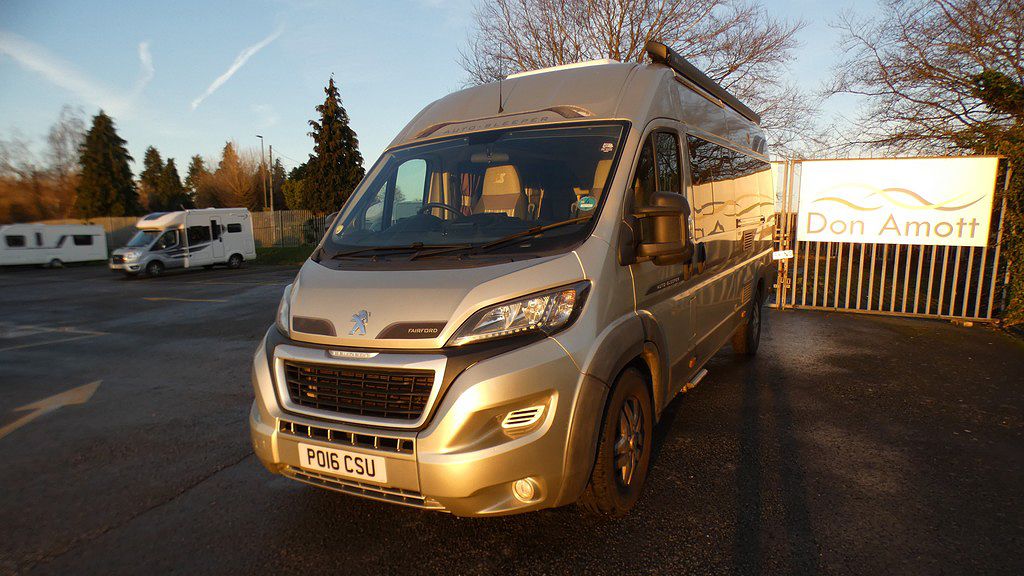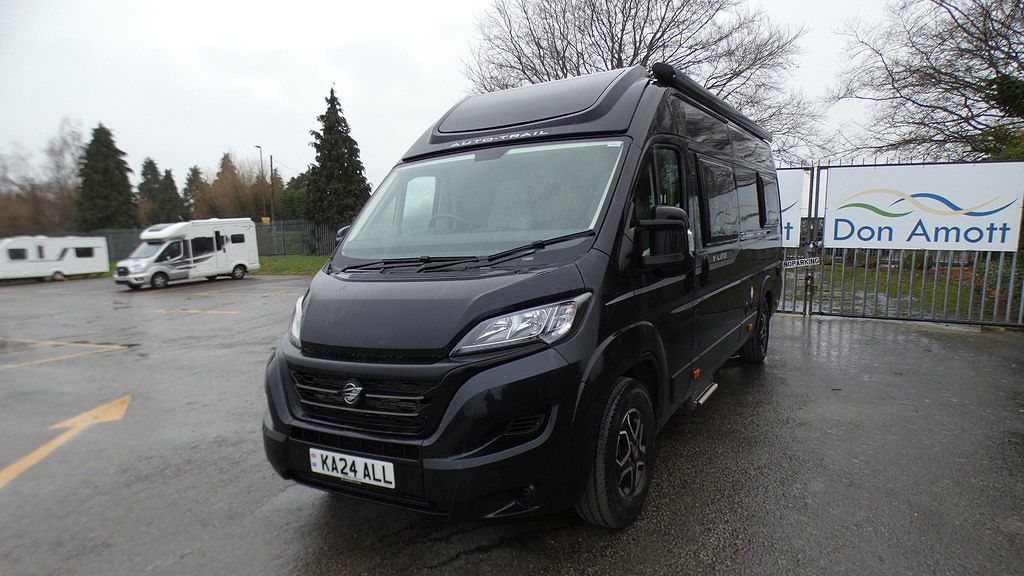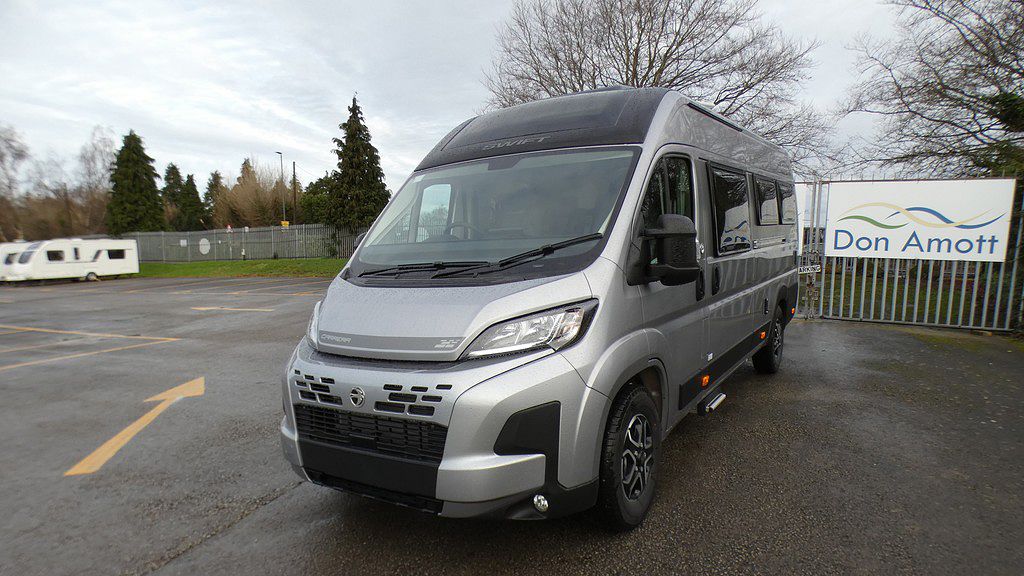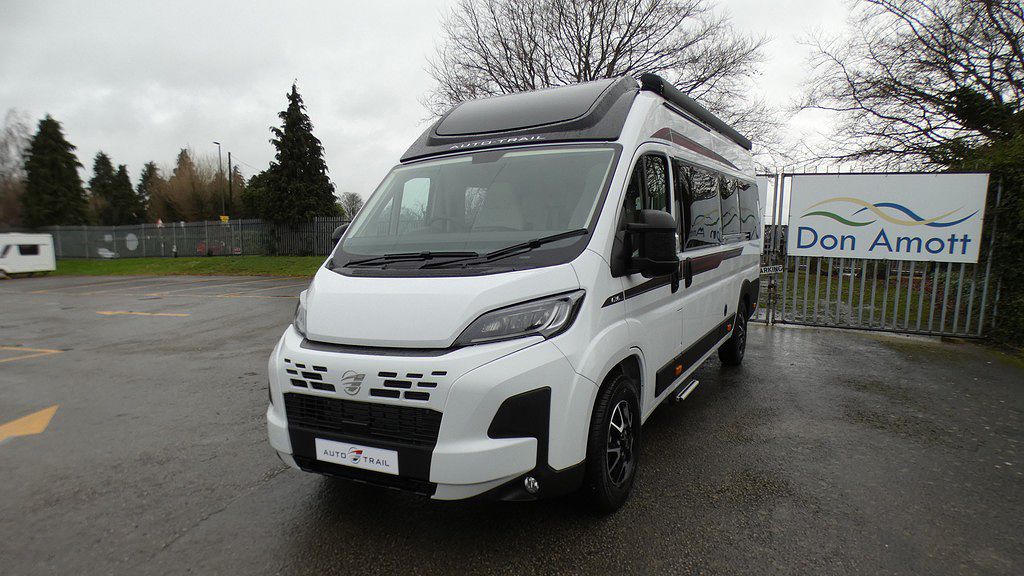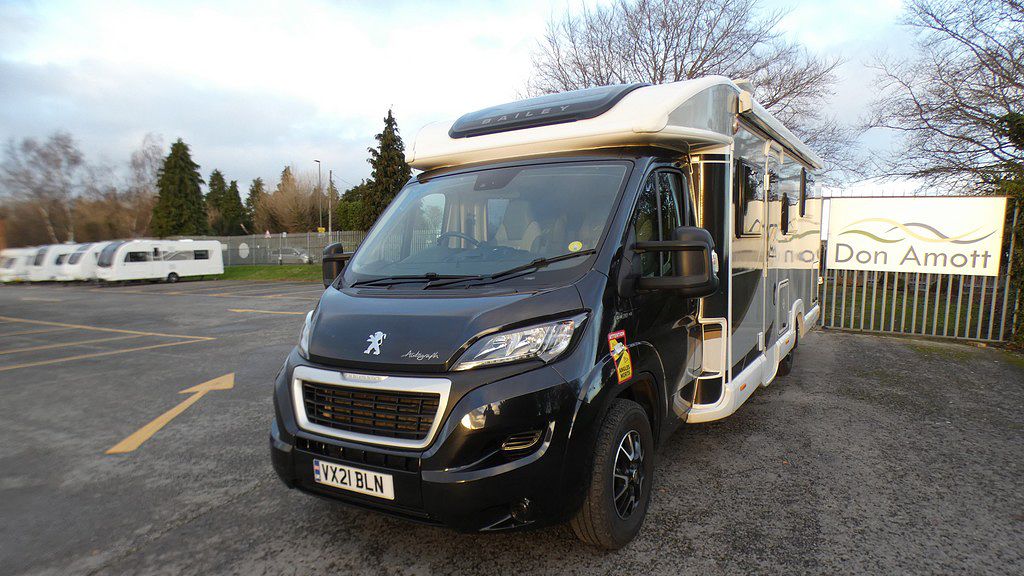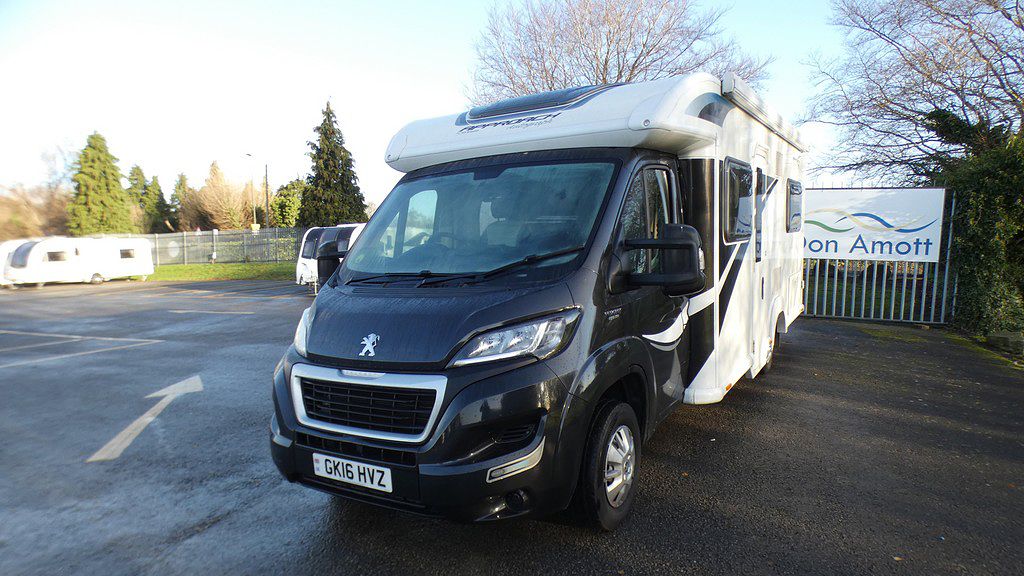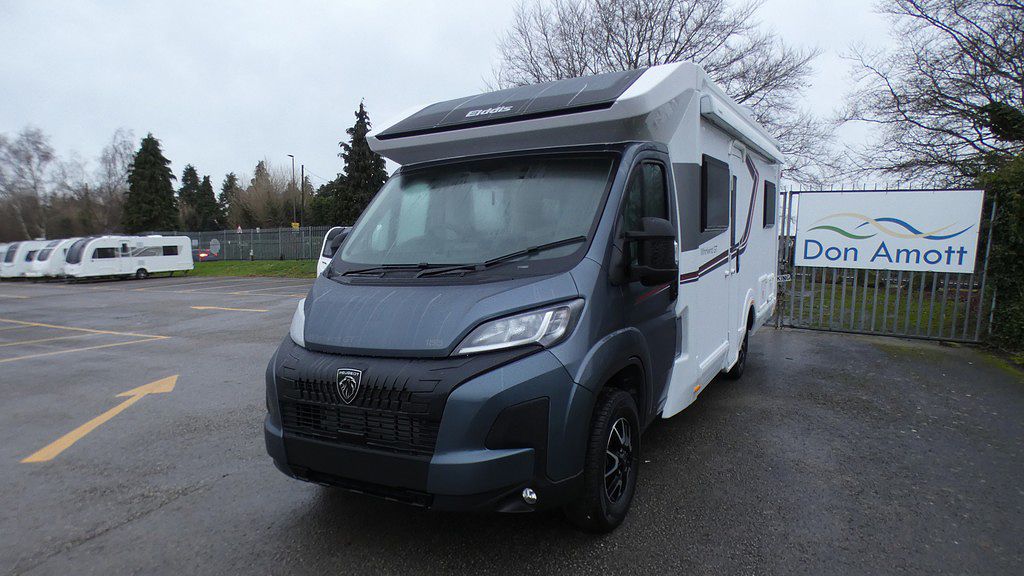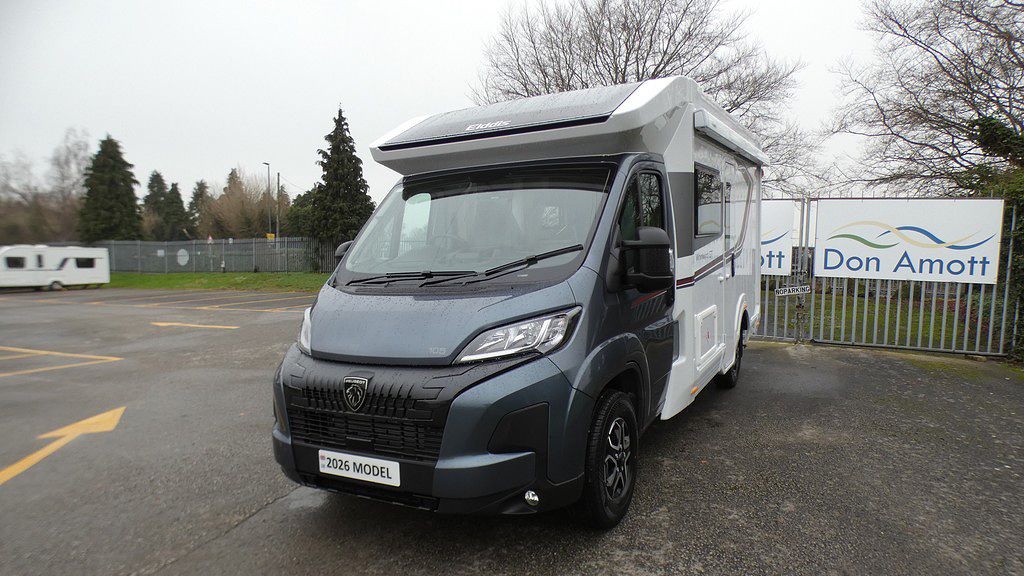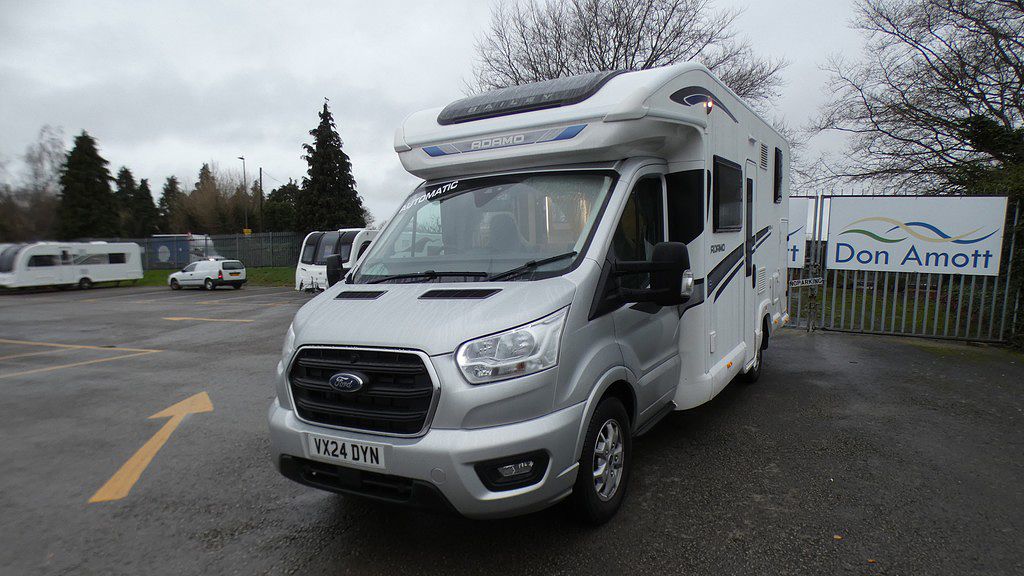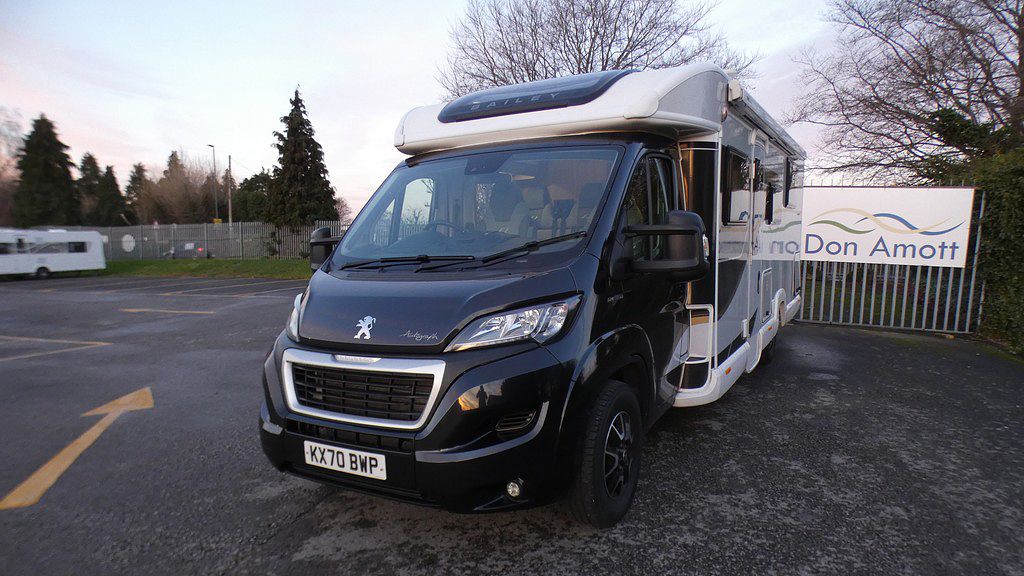Another rock ‘n’ road campervan history tour: Important music sites in the Midlands
7 minutes well spent

Quick Overview
This blog takes music fans on a Midlands campervan road trip, highlighting iconic locations tied to legendary artists. In Tamworth, explore Julian Cope’s early haunts, from his former home to the atmospheric ruins of Alvecote Priory. In Birmingham, trace the roots of heavy metal pioneers Black Sabbath, visit Ozzy Osbourne’s childhood streets, and uncover the creative hotspots of Duran Duran, including the historic Rum Runner nightclub. Finally, in Stoke-on-Trent, discover the formative landmarks of Robbie Williams’ journey from Take That teen to solo superstar. Perfect for music lovers planning themed adventures in a Don Amott campervan, this guide blends nostalgia, local history, and inspiration for your next road trip.
Buying a campervan from Don Amott and then theming a tour is a clever way to get a little bit more out of your time on the road. By creating a bespoke schedule of places to visit you’ll spark off interesting trips and add an extra motivation which will only increase your enjoyment. You’ll end up visiting places you’ve probably never been before, and you might come across things which take you pleasantly by surprise or have quite an emotional impact. You’ll also gain plenty of attention-grabbing socials-worthy photo opportunities!
In a previous edition of our blog we took you off to some of the most important, interesting and obscure ‘rock spots’ in Lincolnshire and Yorkshire. This time, we proudly present a guide to some of the best music sites worth visiting in the Midlands…
1. Tamworth (Julian Cope)
Tamworth, to the north east of Birmingham is an interesting site for any followers of post-punk / new wave. In the early 1980s, 1 Mill Lane (B79 7JA) was home to the Julian Cope, former frontman of Teardrop Explodes. This small end terrace in a modest town centre row is where this great English eccentric holed up to play Scalextric and write many of the songs for World Shut Your Mouth and Fried – his first two solo albums.
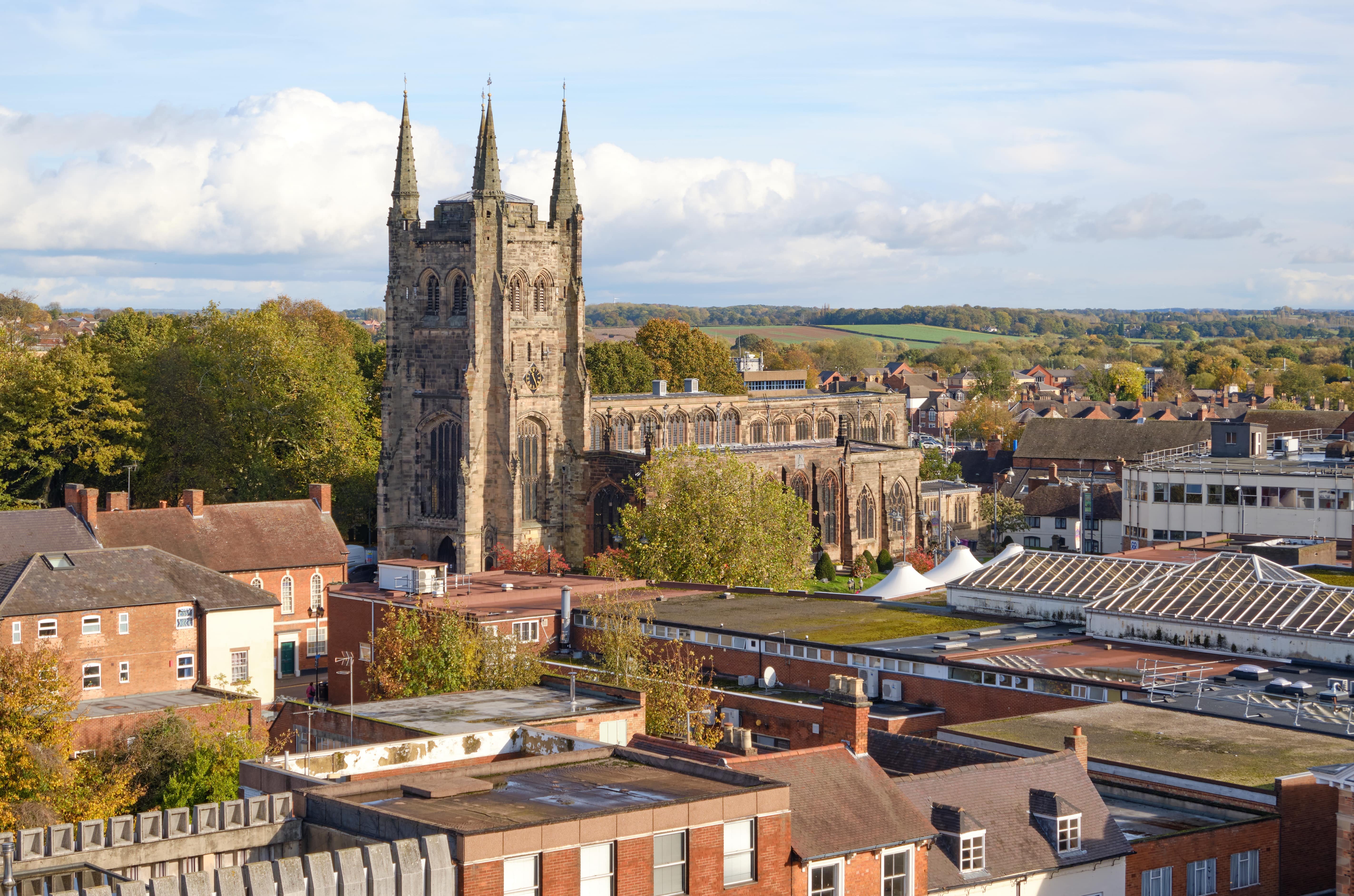
Venturing out of the city to other interesting locations associated with Cope will take you to the ruins of Alvecote Priory (B78 1AS) and Alvecote Mound. The cover photographs for those first two albums were taken in these locations – with the Benedictine Priory also getting a mention in the cult classic song Reynard The Fox. This was also the spot where Cope and his bride enjoyed a picnic with friends after their wedding ceremony in 1982. Very little remains of the Priory itself, but what is still there is highly evocative and must-see. The nearby mound provides a steady climb through forest lands to a summit at 400 feet – and a terrific view. If you were up there in the autumn of 1984 you’d have bumped into a naked Julian Cope in a giant turtle shell. Check the cover of Fried if you don’t believe us!
2. Birmingham (Duran Duran, Black Sabbath and many more)
Forty minutes down the road on the M6 is Birmingham, an absolute hotbed of UK music. The city has embraced many genres, including the blues-pop of the Moody Blues in the 1960s, the overblown Beatles pop of ELO in the ’70s, the multi-cultural white reggae sounds of UB40 and the intelligent soul-pop of Dexy’s Midnight Runners in the early ‘80s, the electro-psychedelia of Broadcast in the late-1990s and the wordplay of Mike Skinner’s The Streets in the 2000s. Two of the most successful bands to rise from its streets have enduring legacies to this day…
Black Sabbath: Often credited as being the pioneers of hard rocking heavy metal, Black Sabbath formed in Birmingham in 1968. The music made by Ozzy Osbourne, Tony Iommi, Geezer Butler and Bill Ward was characterised by solid riffs and dark themes that often explored the occult and the macabre. Black Sabbath’s 1970 single Paranoid remains a classic.
Talismanic frontman Ozzy Osbourne was born in late 1948, with his father’s address registered on the birth certificate as 5 Swains Grove, off Anerley Road, Kingstanding (B44 9QG). Early in his childhood the family moved to 14 Lodge Road, a terraced house in Aston (B6 6LU). Both are still standing so make poignant pilgrimages for rockers (and fans of chaotic reality TV!). Ozzy attended Prince Albert Primary & Junior School on Albert Street in Aston (B6 5NH). There’s even a photo of him up in the school’s reception area to mark his time there – and he has been known to drop by from time to time to chat to staff and children! Lead guitarist Tony Iommi also hails from the area, having grown up in nearby Handsworth.
Located on Broad Street, above Canal Street, is a tribute bench on Black Sabbath Bridge, opened to the public in 2019, which has become a popular spot for locals and tourists alike. Another highly significant location in the band’s history is The Crown on Station Street. This pub was one of the first venues where the band performed (under the name Earth) and, though it’s closed permanently, the facade is still there. This place is an essential part of UK music archaeology, being well known as the “birthplace of heavy metal”. The venue also hosted many other bands down the decades, including new romantic pioneers Duran Duran.
Duran Duran: Fast forward a decade from the rise of Black Sabbath and Birmingham once again found itself at the epicentre of a musical revolution. The band was intent on blending pure pop melodies with the grooves of Chic, the electro of Giorgio Moroder and the aggressive guitars of the Sex Pistols, then filtering all of that through the art of David Bowie and the glamour of Roxy Music image. They certainly succeeded – and iconic 1982 album Rio is still a benchmark classic for sounds and style. The band’s roots, though, were much more humble than their ‘yachts and models’ lifestyle image projected.
John Taylor, the band’s bass player and one of its founding members, grew up at 34 Simon Road, Hollywood (B47 5LH), with keyboard player Nick Rhodes living in “one of the houses at the end” of nearby Mill Close (B47 5LA). Taylor attended the Abbey High School in Redditch (now Trinity High School and Sixth Form Centre, B98 8HB) while Rhodes attended Woodrush High School in Wythall (B47 5JW). Both then attended the School of Foundation Studies & Experimental Workshop at Birmingham Polytechnic (now Birmingham City University at 5 Cardigan Street, B4 7BD), where they formed the band.
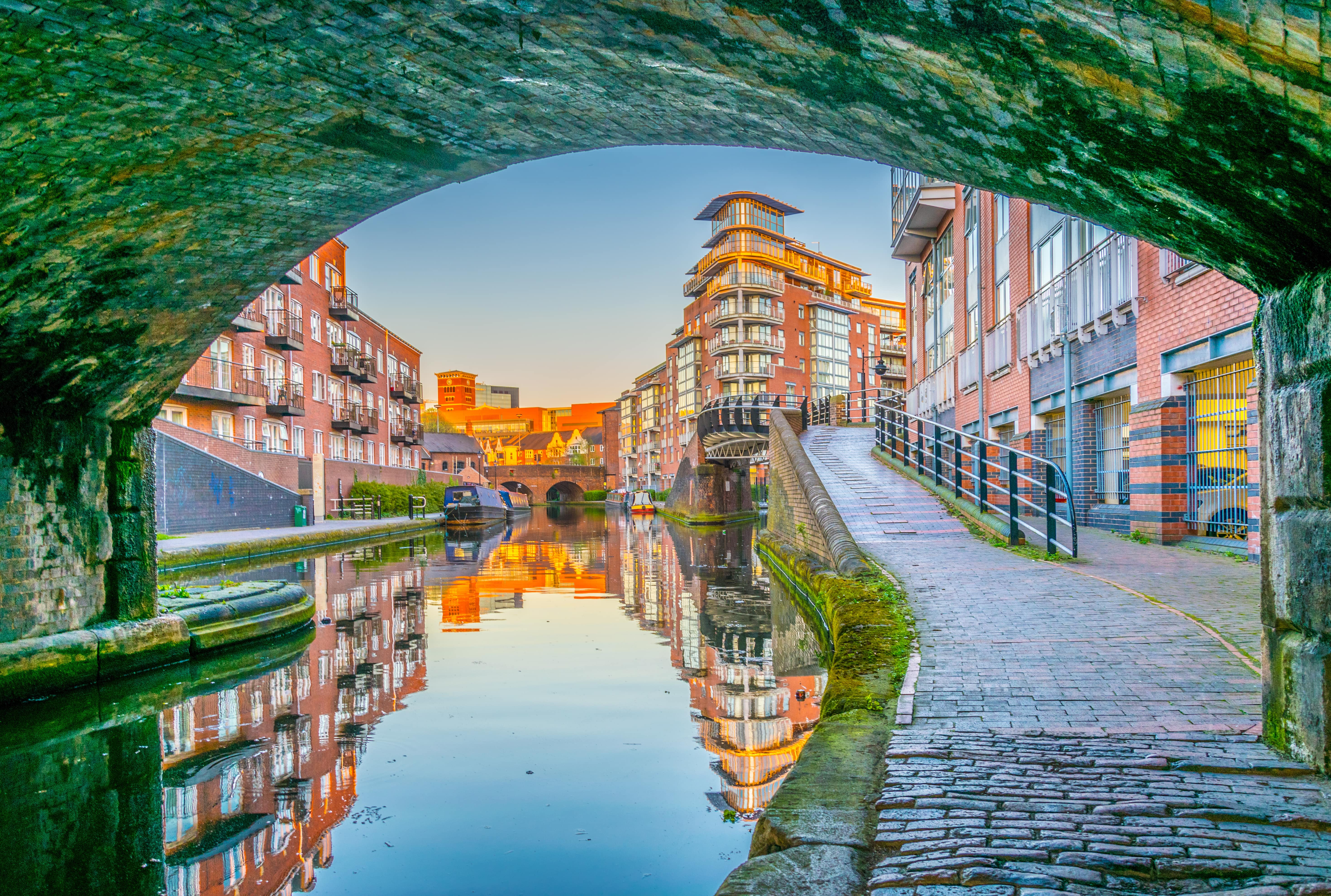
Perhaps the most significant location in Duran Duran’s Birmingham story is the legendary Rum Runner. Located on Broad Street, this was a nightclub that became the scene for the city’s new romantic movement in the late 1970s and early 1980s. The Rum Runner was more than just a venue for the band – it was their HQ and creative hub, and they filmed the original video for debut single Planet Earth in there. The area where the Rum Runner stood was redeveloped and the club itself was demolished in 1987. A Wetherspoons (The Soloman Cutler) now stands in its place (B1 2DS). The Rum Runner had been an essential part of the city’s music scene, not just for Duran Duran but for Dexy’s Midnight Runners and UB40 as well as The Beat, who filmed the video for the single Mirror In The Bathroom in the club.
Nearby, 41 Cumberland Street (B1 2JA, off Broad Street) is the approximate site of Barbarellas. It’s now part of the Brindley Place development of offices and banks, but the late 1970s punk and new wave club undoubtedly provided the inspiration for the band’s name.
3. Stoke-on-Trent (Robbie Williams)
Hopping 45 miles north west of Birmingham, up the M6, will arrive you at Stoke-on-Trent. This small city is the birthplace of Robbie Williams. Though the former member of boyband Take That has drifted in and out of public fashion over the last 25 years, there’s no doubting his credentials as one of the most interesting musical figures during that time. Dismissed by David Bowie as “a song and dance man” and described by music website The Mouth Magazine as “The Top Shop Morrissey”, Williams offers an intoxicating combination of mainstream presentation and smart, earnest and cheekily self-deprecating original material.
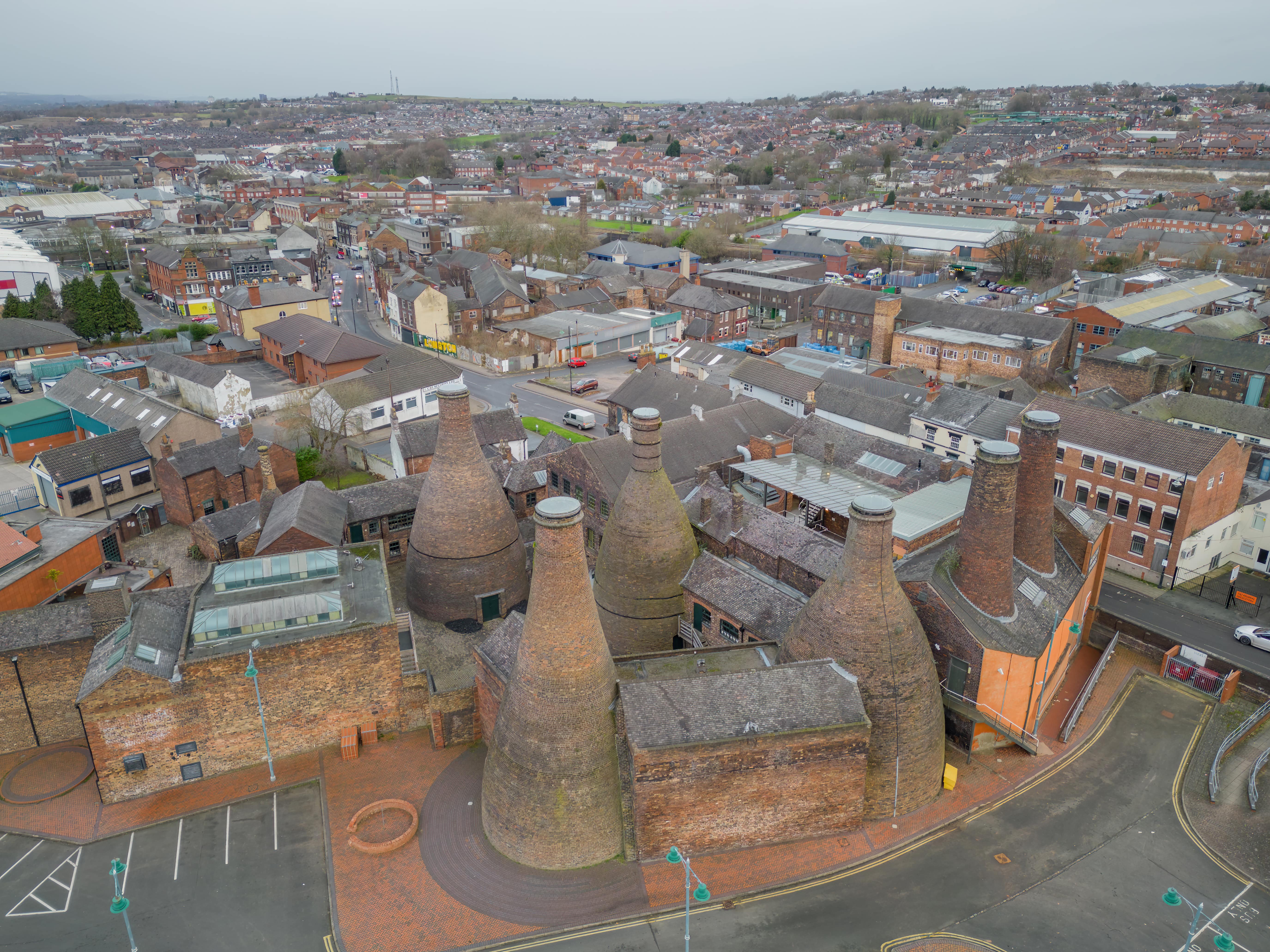
Here, in his native Stoke-on-Trent, there are plenty of sites to visit. Starting at the beginning of his musical career, Robbie was living at 108 Greenbank Road in Tunstall (ST6 7HA) when he first joined Take That in 1990. Later occupiers allowed him to return to the house and his teenage bedroom to film the video for 2005 hit single Advertising Space. Victoria Park and Victoria Park Road offer a glimpse into Robbie’s very early life, and there is a blue plaque to mark his having lived here shortly after he was born in the mid-1970s. The Red Lion pub in the centre of the Burslem district (ST6 1DJ – but is that a Rock DJ!?) was run by Robbie’s parents, and the building is still there. The Red Lion is just a two minute walk away from Vale Park, home of Port Vale FC, the football league club Robbie has supported all of his life (ST6 1AW).
Robbie was schooled at Mill Hill School on Sunnyside Avenue (ST6 6ED) from 1978 to 1985 and St Margaret Ward Catholic Academy (ST6 6LZ) from 1985 to 1990. He gained some early experience of public performance in his role as the Artful Dodger in a production of Oliver at the Queen’s Theatre in Burslem (ST6 4JH). As a tribute on his 40th birthday in 2014, three newly opened streets on a housing estate in the Middleport area of Stoke were named after Robbie Williams songs: Angels Way (ST6 3PR), Candy Lane (ST6 3PH) and Supreme Street (ST6 3PA).
Picking off the places associated with the UK’s favourite rock musicians can be a really rewarding thing to do. Even if you’re only mildly interested, running around on a trip like this is an excuse, in a way, to enjoy some time in your campervan from Don Amott and see things you’ve never seen before. Let us know which musicians you’d be interested in us featuring in the next instalment of our rock ‘n’ road trip blogs!
Editorial image: Michael Sauer/Wirestock Creators – stock.adobe.co.uk

